
Of all the holiday traditions that might conceivably have changed American history, eggnog would be an unlikely choice—and yet it was the creamy Christmas concoction that set off a chain of events that could have altered the course of the Civil War.
Although originally a drink of the English upper classes, eggnog had achieved a renaissance of sorts when it reached the Thirteen Colonies many centuries before. Ample land for dairy cows and chickens made milk, cream and eggs more readily accessible to people of all means while the “Triangle Trade” brought in massive quantities of cheap sugar and rum (and, of course, human slaves). Those ingredients form the backbone of the recipe for eggnog—though if you’re President George Washington, your nog would be a bit heavier on the booze; his recipe famously requires a strong dosage of rye whiskey, Jamaica rum and sherry.
So it should be no surprise that, since the establishment of West Point in 1802, eggnog had played a role in the school’s annual tradition of Christmas celebration. Though such festivities were technically against school rules, early superintendents of the then-ramshackle and struggling academy most often turned a blind eye to them, allowing the cadets to let loose and enjoy generous quantities of holiday eggnog in the process.
Then came Colonel Sylvanus Thayer, the strict superintendent later known as the “Father of West Point.” He clearly did not share in Washington’s proclivities. In fact, in 1826, after the school’s Commandant was unbecomingly lifted into the air by intoxicated student at the Fourth of July party, Thayer banned alcohol on campus altogether. Such a move was part of much greater changes the Colonel was instating campus-wide, ranging from new rules that prevented students from cooking in their dorms to reforms that established West Point as one of the first meritocracies in American higher education.
Unfortunately for Thayer, there was still plenty of opportunity for students to drink at the two taverns located just outside of school grounds, where shoes or blankets were accepted in exchange for liquor. Such locales were the favorite haunts of many a cadet, including poet Edgar Allen Poe—who would eventually be expelled from the school for spending far too much time wallowing at these taverns—and Jefferson Davis, class of 1828.
In his youth, before his rise to President of the Confederacy, Davis had a reputation as something of a party animal. At West Point he held the distinction of being among the first students to be court-martialed for frequenting the taverns and was a notoriously heavy drinker; one time he fell down a 60-foot ravine. (He survived.)
When Christmas of 1826 rolled around, Davis and his friends decided to keep their booze-soaked tradition alive, the judgment of Sylvanus be damned. As documented with the utmost attention to detail by James Agnew in his 1979 work The Eggnog Riot: The Christmas Mutiny at West Point, the festivities for a small group of students began around 10 p.m. on Christmas Eve with a few batches of drink they had smuggled into campus. Merriment ensued, to say the least. Around 4 a.m. on Christmas morning, Captain Ethan Allen Hitchcock was woken up by the sounds of the rowdy boys a few floors above him and set out to investigate.
The next two hours would be amongst the most chaotic in West Point history. Angry at “Hitch” for disrupting their celebrations, the cadets grabbed swords and pistols and roamed the grounds in search of the Captain, assaulting two officers, demolishing furniture, breaking windows, firing at least one of their guns and stealing themselves a set of fife and drums in the process. At least seventy of the 260 students on campus were involved in the affair, 23 of whom would be arrested and 19 ultimately expelled.
Although undoubtedly involved in the beginnings of the booze-soaked revelry, Jefferson Davis made it through the affair unscathed—no thanks to his own wits. Before the rioting began, Davis famously screamed, “Hide the Grog boys – Old Hitch is coming!” after the Captain had already arrived on the scene. Davis was sent back to his room to pass out, thus avoiding the mayhem that followed. Likewise untouched was Davis’ future general, Robert E. Lee, also a student at West Point at the time. As Lee once famously proclaimed, “I like whiskey. I always did and that his why I never drink it.” That teetotalism apparently extended to eggnog.
Davis and Lee avoided expulsion, going on to serve in the U.S. military prior to the Civil War, a fate that put both men in position to lead the Confederacy decades later. Had they left West Point in 1826, there’s no telling what could have happened.
The actual Eggnog Riot of 1826 was hardly poetic, and neither was the political context of the conflict that followed in the 1860s—but it is easier to remember history when it’s set to rhyme. So, in the spirit of the season, with apologies to Clement Clarke Moore:
‘Twas the night before Christmas and all through the dorms,
the cadets of West Point imbibed a beverage that warms.
The lookouts were perched by their doors with great care,
With hopes that their officers might not soon wander there.
Jefferson Davis and friends should have been in their beds,
But far too much eggnog still danced in their heads.
Alcohol had been banned on campus for a reason,
But nothing would stop the students’ revelry this season.
Then all through the barracks there arose such a clatter,
Captain Hitch sprang from bed to see what was the matter.
“The students!” he shouted, “the students are drunk!”
And marched right upstairs to discipline the punks.
But the Captain’s efforts would have nothing to show,
And the night would be one of destruction and woe.
Angry at Hitch for disrupting their fun,
The students took to campus, armed with their guns.
Broken windows and furniture, a stolen fife and drums,
The mutiny would last till the rise of the sun,
Two officers assaulted, swords flashing in the snow,
Such anarchy and chaos the academy had never known.
“Now Stocker! Now Humphreys! Now Farrelly and Weems!”
Nineteen students in all were expelled so it seems.
Cadets and nog therefore really shouldn’t mix,
And such was the great “Grog Riot” of 1826.
Emelyn Rude is a food historian and the author of Tastes Like Chicken, available in August of 2016.
Pie
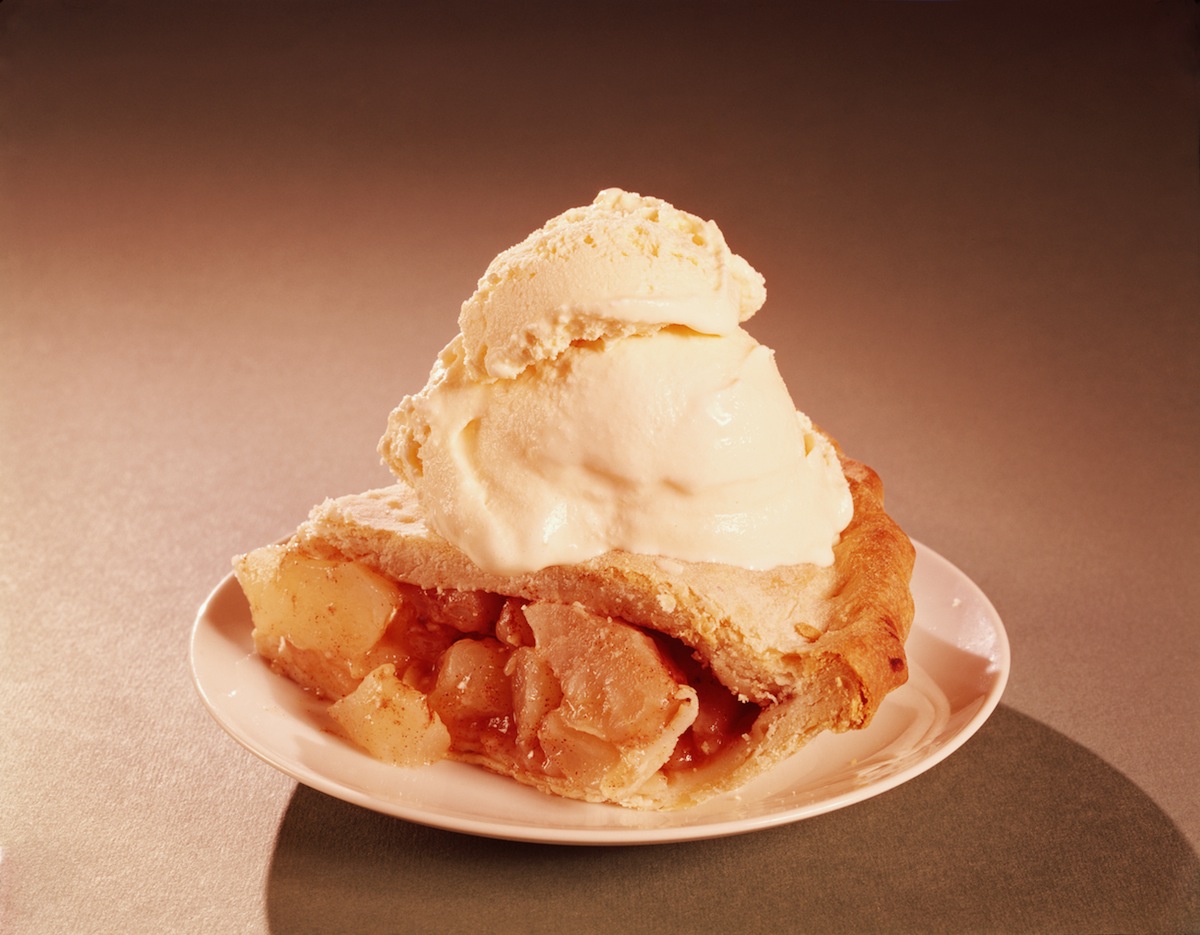
The “pye”—as it used to be spelled—is a venerable dish, which can be traced all the way back to ancient Greece and Rome. But those pastry-based dishes weren’t the desserts we tend to think of today. Instead, they were overwhelmingly savory dishes. And for good reason: the crusts could help the contents of the pie (meat, typically) last a little longer than they would otherwise.
Even apple pies didn’t used to look the way they do now:
There are few things as American as apple pie, as the saying goes, but like much of America’s pie tradition, the original apple pie recipes came from England. These pre-Revolutionary prototypes were made with unsweetened apples and encased in an inedible shell. Yet the apple pie did develop a following, and was first referenced in the year 1589, in Menaphon by poet R. Greene: “Thy breath is like the steeme of apple pies.”
Read the full story here: A Brief History of Pie
Eggnog
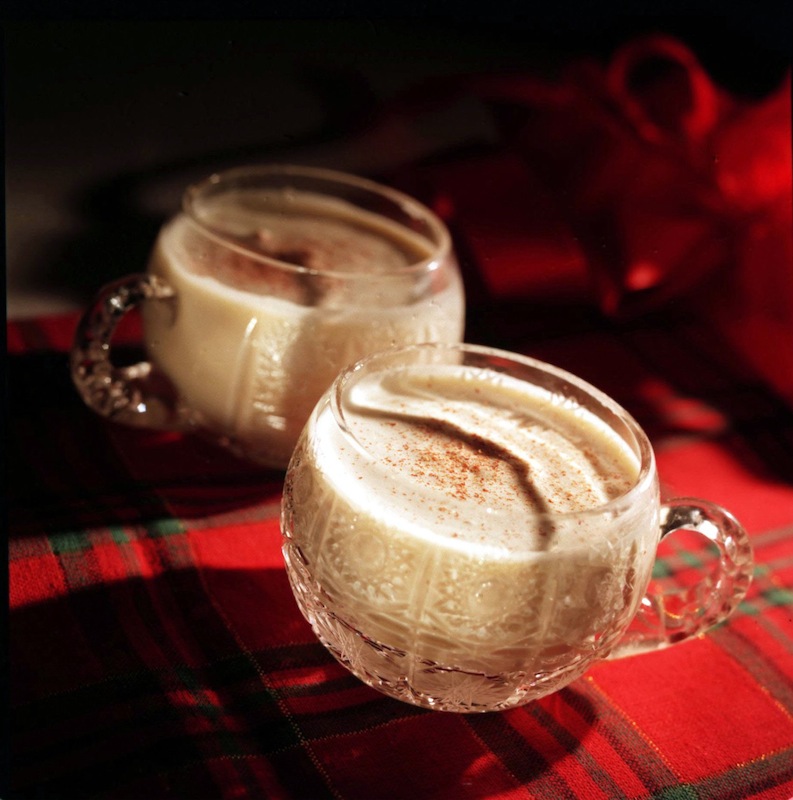
Eggnog is centuries old, it turns out:
While culinary historians debate its exact lineage, most agree eggnog originated from the early medieval Britain “posset,” a hot, milky, ale-like drink. By the 13th century, monks were known to drink a posset with eggs and figs. Milk, eggs, and sherry were foods of the wealthy, so eggnog was often used in toasts to prosperity and good health.
But it wasn’t always associated with the end-of-year holiday season. That happened when the drink came to the Americas; even George Washington had his own signature recipe for eggnog, which by his time had begun to be made with rum.
Read the full story here: A Brief History of Eggnog
Waffles
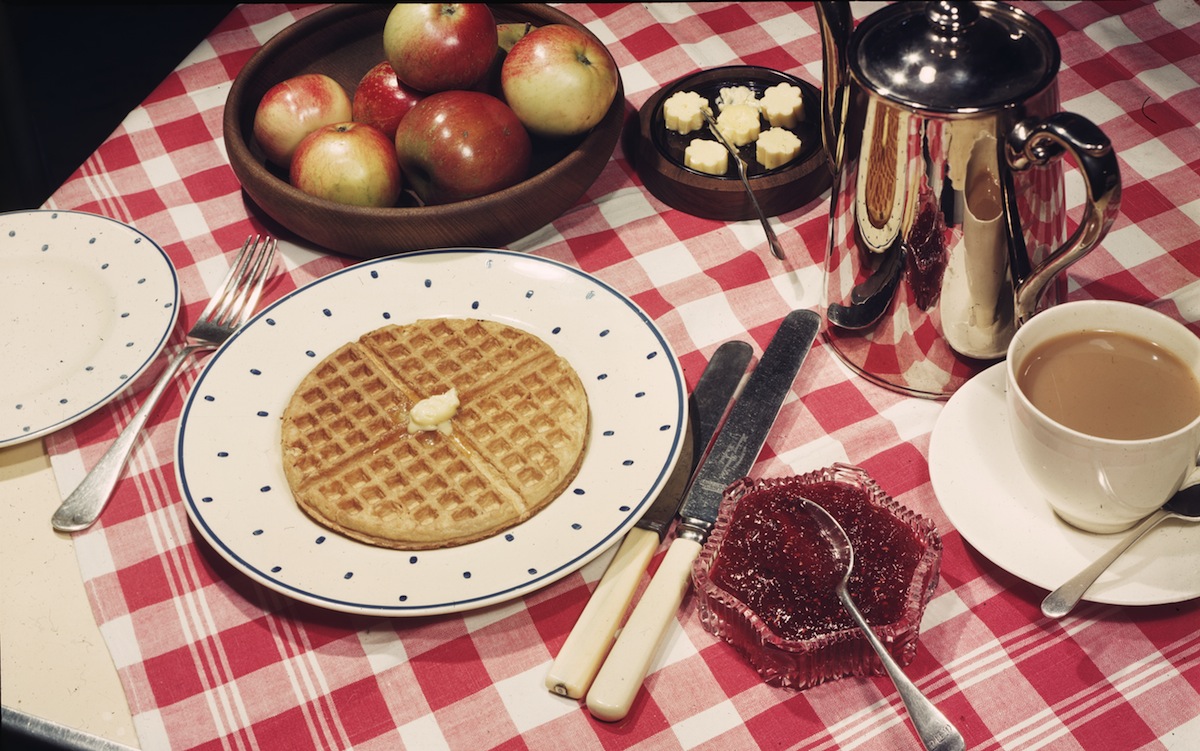
This peculiarly patterned breakfast staple has a surprisingly long and illustrious history. The ancient Greeks used a tool kind of like a waffle iron to make cakes, and the treat came to the New World with some of its earliest European settlers:
Waffles arrived in the U.S. with the Pilgrims, who sampled them in Holland en route to Massachusetts. Thomas Jefferson reportedly brought a waffle iron home from France around 1789, helping spark a fad for waffle parties in the States.
But it wasn’t until the 1930s that a California family combined instant waffle mix, electricity and ingenuity to come up with a way to mass-produce waffles. The eventual result, if you haven’t already guessed, was Eggos.
Read the full story here: A Brief History of Waffles
Peanut Butter
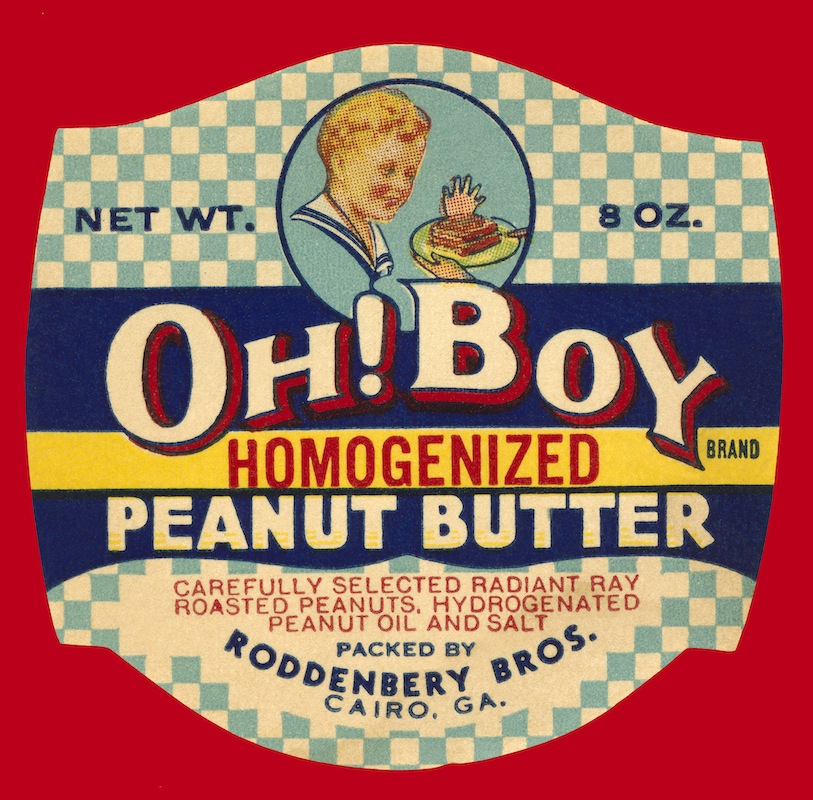
Peanut butter’s origins are a bit mysterious. Contrary to the popular myth that George Washington Carter came up with the idea, there’s evidence that some version of peanut butter was being made at least a couple decades before he published his 1916 text How to Grow the Peanut and 105 Ways of Preparing it For Human Consumption:
Peanut butter’s true inventor is unknown, but Dr. John Harvey Kellogg has as good a claim to the title as anyone. In 1895, the cereal pioneer patented a process for turning raw peanuts into a butter-like vegetarian health food that he fed to clients at his Battle Creek, Mich., sanatorium. The taste caught on, and in a few years, the spread had gone mainstream.
Read the full story here: A Brief History of Peanut Butter
Buffalo Wings
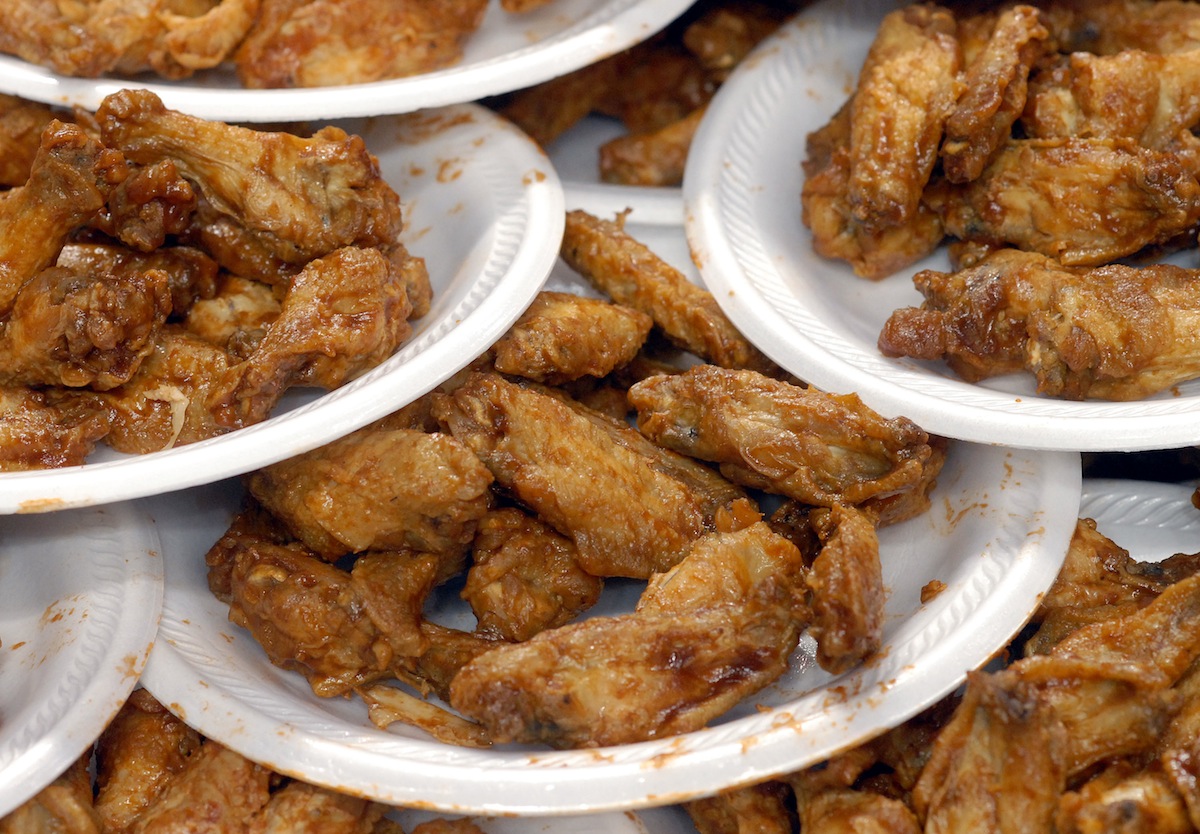
Unlike peanut butter, Buffalo wings have a an easily identified origin: Buffalo, N.Y. But what exactly happened to spark its birth is a little blurrier:
There are at least two different versions of the Buffalo wing’s origin, although they contain the same basic facts. The first plate of wings was served in 1964 at a family-owned establishment in Buffalo called the Anchor Bar. The wings were the brainchild of Teressa Bellissimo, who covered them in her own special sauce and served them with a side of blue cheese and celery because that’s what she had available. Except for the occasional naysayer who claims to be the true inventor, these facts are reasonably undisputed. The rest of the story is anybody’s guess.
In one version of the story, the dish was invented merely to get rid of a surplus of chicken wings; in another version, Bellissimo’s son specifically asked for wings.
Read the full story here: A Brief History of Buffalo Wings
Maple Syrup
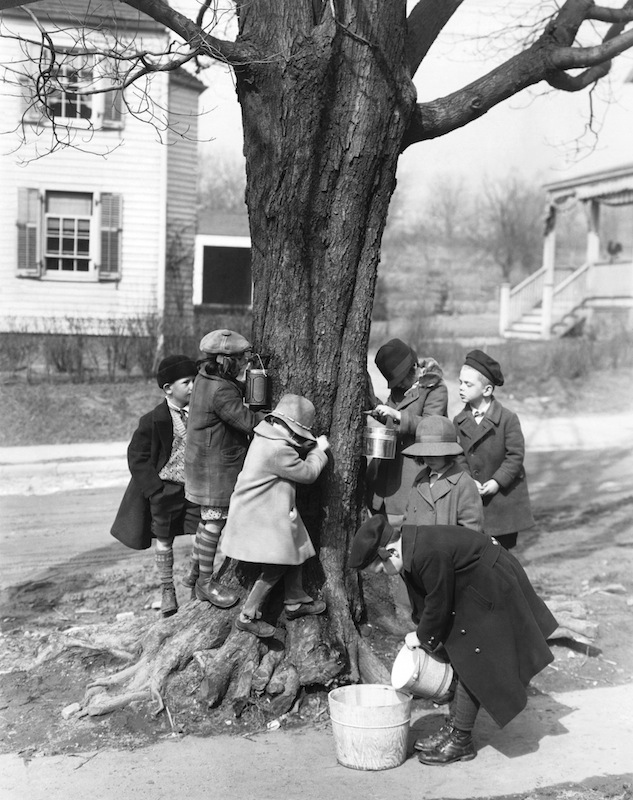
The American maple-syrup industry can be traced back to the 17th century, when farmers began to tap the trees on their properties for a sweetener that was, at the time, cheaper than sugar:
Early settlers in the U.S. Northeast and Canada learned about sugar maples from Native Americans. Various legends exist to explain the initial discovery. One is that the chief of a tribe threw a tomahawk at a tree, sap ran out and his wife boiled venison in the liquid. Another version holds that Native Americans stumbled on sap running from a broken maple branch.
The old system of making maple syrup—leaving buckets under taps, collecting sap, hauling the buckets to the sugar house to be heated—was eventually widely replaced by a method that used tubes and vacuums rather than buckets and gravity.
Read the full story here: A Brief History of Maple Syrup
Salt
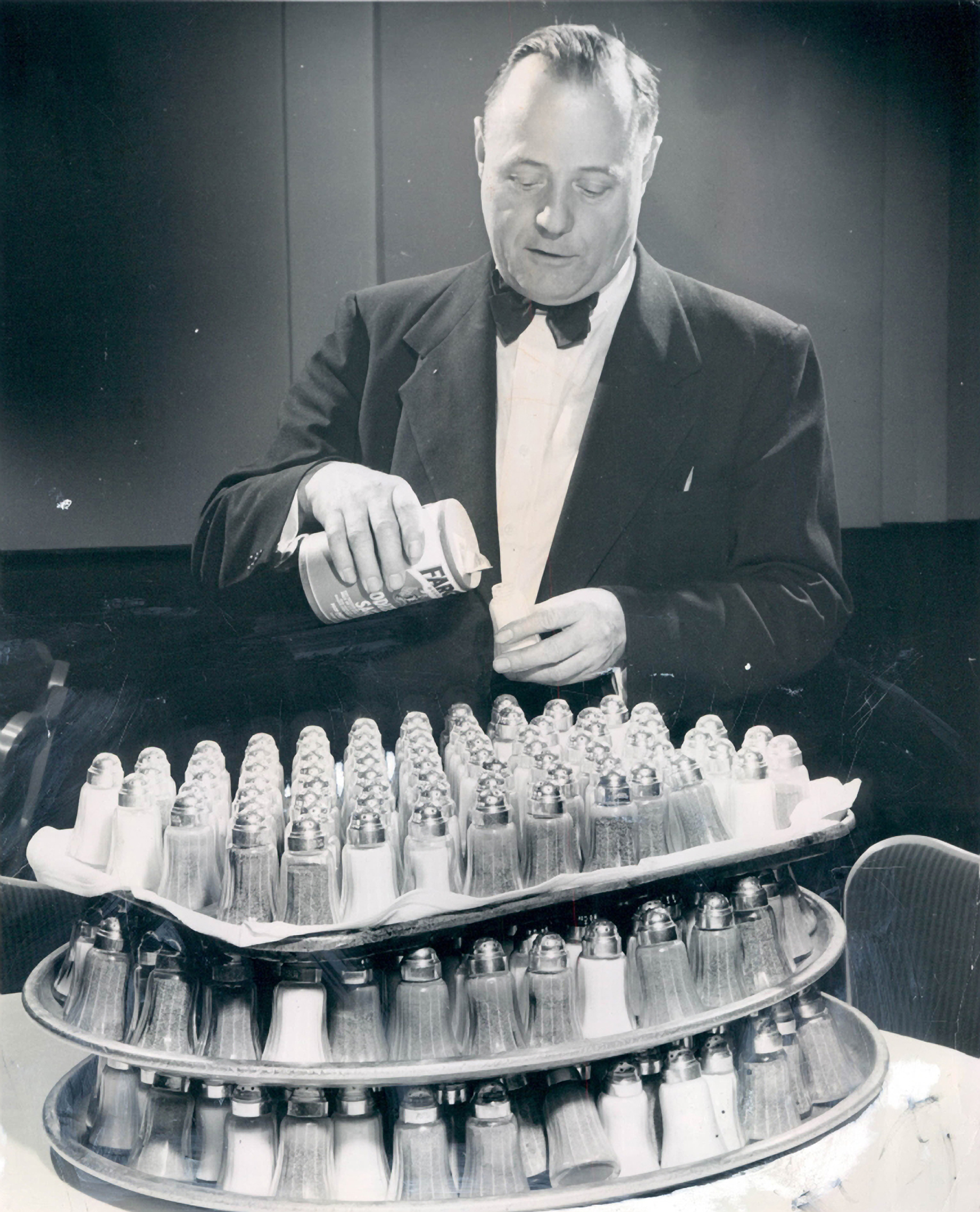
Salt isn’t technically a food in itself, but it makes so many foods taste so much better that we couldn’t leave it off the list. Plus, its history is one of the longest, most interesting food stories out there, dating all the way back to the days when, as TIME put it in 1982, “animals wore paths to salt licks [and] men followed.” Salt was, eventually, one of the pillars of civilization:
Not only did salt serve to flavor and preserve food, it made a good antiseptic, which is why the Roman word for these salubrious crystals (sal) is a first cousin to Salus, the goddess of health. Of all the roads that led to Rome, one of the busiest was the Via Salaria, the salt route, over which Roman soldiers marched and merchants drove oxcarts full of the precious crystals up the Tiber from the salt pans at Ostia. A soldier’s pay—consisting in part of salt—came to be known as solarium argentum, from which we derive the word salary. A soldier’s salary was cut if he “was not worth his salt,” a phrase that came into being because the Greeks and Romans often bought slaves with salt.
Read the full story here: A Brief History of Salt
Barbecue
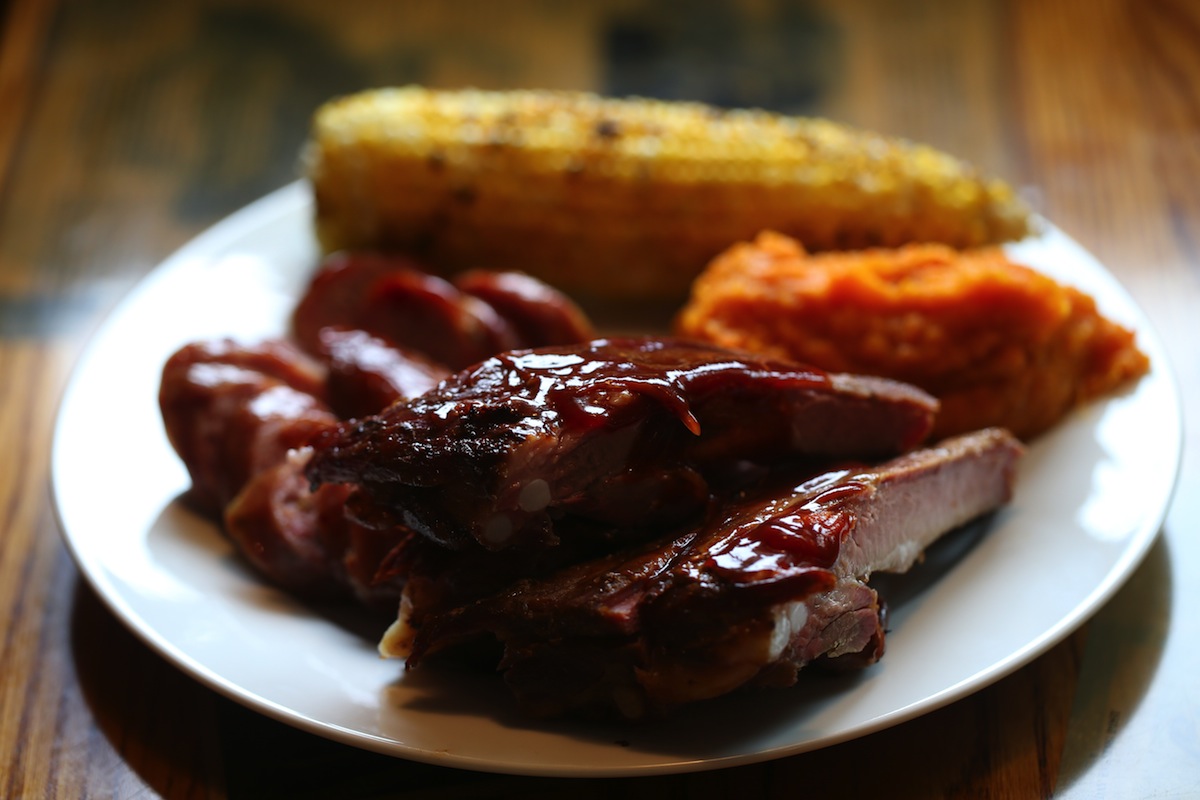
Though the word “barbecue” is misapplied to all manner of grilled meats, it actually refers to a specific process (indirect heat, slow cooking) and comes from a specific tradition:
No one is really sure where the term barbecue originated. The conventional wisdom is that the Spanish, upon landing in the Caribbean, used the word barbacoa to refer to the natives’ method of slow-cooking meat over a wooden platform. By the 19th century, the culinary technique was well established in the American South, and because pigs were prevalent in the region, pork became the primary meat at barbecues.
Eventually, barbecue separated into several regional styles with their own preferences for meats and flavors.
Read the full story here: A Brief History of Barbecue
Leftovers
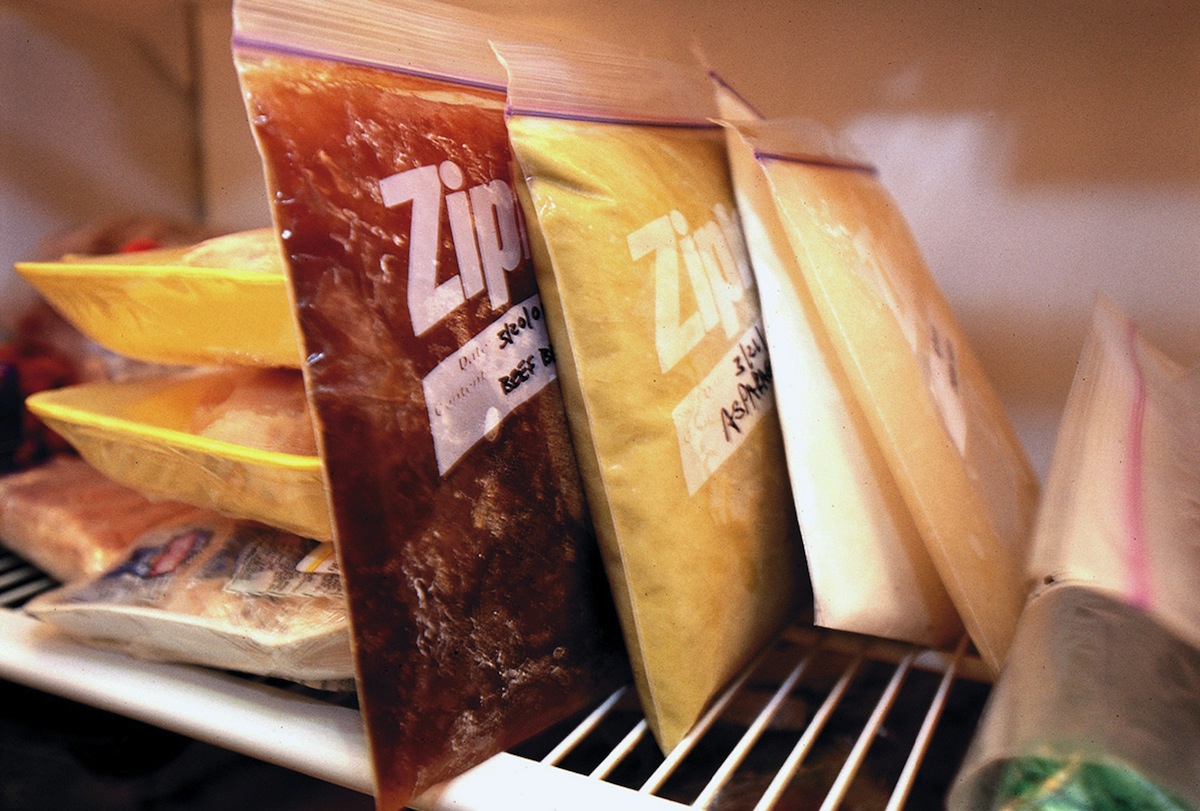
So, you run out and make or buy all these foods, now that they’re on your mind, but there’s no way you can eat them all right away. Which brings us to leftovers. It’s not as if someone had to “invent” the idea of saving what remains at the end of a meal—after all, in the pre-modern feast-and-famine cycle, saving the fruit of the harvest was a matter of life and death. But that doesn’t mean that the look of leftovers hasn’t changed over the years. Thanks, largely, to refrigeration:
According to Dupont, which later invented the coolant Freon, ice was harvested where it formed naturally — including from New York City’s rivers — and shipped to the South, all in the name of food storage. In the 1840s, a Florida physician named John Gorrie, trying to cool the rooms where patients were suffering from yellow fever, figured out how to make ice using mechanical refrigeration, paving the way for household refrigerators that appeared in American homes en masse in the 1920s and 1930s. It wasn’t a moment too soon. As families struggled to feed their children during the Great Depression, it was unthinkable to throw away leftovers.
Read the full story here: A Brief History of Leftovers
More Must-Reads From TIME
- The 100 Most Influential People of 2024
- The Revolution of Yulia Navalnaya
- 6 Compliments That Land Every Time
- What's the Deal With the Bitcoin Halving?
- If You're Dating Right Now , You're Brave: Column
- The AI That Could Heal a Divided Internet
- Fallout Is a Brilliant Model for the Future of Video Game Adaptations
- Want Weekly Recs on What to Watch, Read, and More? Sign Up for Worth Your Time
Contact us at letters@time.com